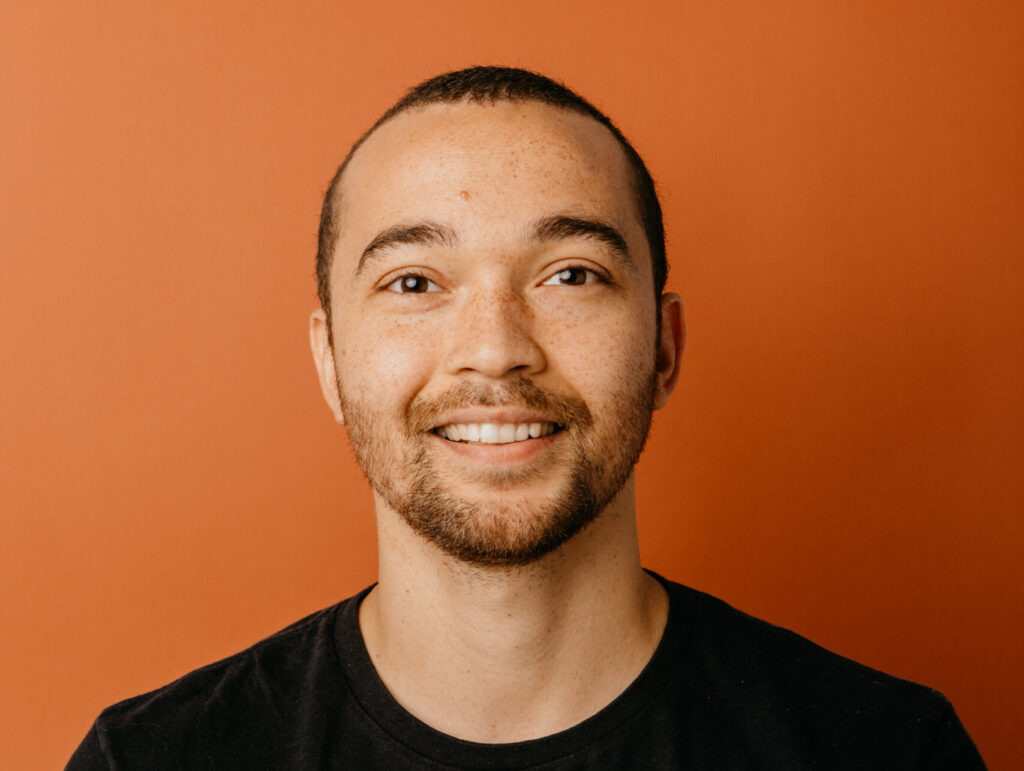
Kurt Kruger’s passion for financial inclusion is a good fit for SnapScan
Kurt Kruger, CTO at SnapScan, has the classic techie story. His parents bought him his first computer when he was just six years old. It was the first commercially available micro-computer in South Africa at the time, and once he laid his hands on it, he never looked back.
Today Kurt works as the CPTO at SnapScan, a role that has evolved from chief technology officer (CTO), where he oversees the product and his engineering team. “It’s been an interesting challenge,” he says. “This is because at the previous startups I’ve been involved with product to a certain extent, but I’ve never had to lead a product team before.”
It allows him to use his fintech experience, he says, because as a product person, you need to understand the market and where it is headed over and above understanding where the technology behind the product is going.
SnapScan initially began as a startup with only 20 employees when Kurt joined. “It grew to 65 people and we are now aiming for 100 by the end of 2023 – moving us out of the startup phase and into a scale-up phase,” he says.
However, SnapScan is not your typical VC-backed startup: it’s wholly owned by Standard Bank.
“What we’ve tried to do over the years is try and show Standard Bank what we can achieve if we partnered together more,” Kurt explains. “Show the bank where it is potentially lagging and how SnapScan can power ahead, innovate, and help them recapture some of the SME market that they have lost over the years. In doing that, SnapScan is able to unlock some funding through the bank.”
Not only does the funding help drive the headcount growth, he says, but it also helps SnapScan’s extensive roadmap. Kurt has always been passionate about financial inclusion, which is what made fintech so appealing to him. “What drew me to Snapscan specifically, is that it is one of the few fintechs that looks after the end-user, who pays for goods, and the merchant, who sells the goods,” he explains.
Kurt says that during the Covid-19 pandemic, the small guys just couldn’t survive, and this was another major drawcard for him – to assist these SMEs.
Kurt explains that AI could be very useful for their specific company. “An AI tool like ChatGPT would be a great addition to our support platform, and this will mean that we could get to our customers faster,” he says. “However, the problem is that you take human connection out of it, which our existing customers/SMMEs really appreciate.
“I’d much prefer a person to assist me if I had an issue of taking money out of my shop rather than a chatbot, because that’s who I’d trust more.”
With regards to other technologies he’s really excited about, Kurt says he and his team are actively looking at bringing PayShap into the fold, which is a rapid payments programme with an instant interbank digital payment offering for low-value payments.
“The idea here is to try to make payments as frictionless as possible: allowing someone to pay with whatever tender (airtime, data, or eBucks) they have, and being able to spend that,” Kurt explains. “On the other hand, a merchant should be able to receive payment in any form, all of which needs to happen as quickly and seamlessly as possible.”
According to Kurt, PayShap has been on the cards for some time now, and the banks are finally going to trial it this year and through SnapScan’s partnership with Standard Bank– this is something they are going to pilot together.
From CTO to CPTO
Traditional CTOs moving to a more chief product and technology role has become increasingly popular over the years, especially overseas, Kurt has observed. “Rather than having separate CTOs and CPOs, you either have the CIO playing both roles or combining the two functions into a CPTO role,” he says.
“I think people are moving into this model because it is very easy to create an unhealthy tension between engineering, which develops the product, and the product teams that conceptualise these products when you have a CPO and a CTO in one organisation.”
According to Kurt, in most cases, the engineering team and product teams often work in isolation. For example, the product team would throw some product suggestions to the engineering/DevOps, they would build it, and then send it back – only to find out that it is the wrong thing,” he explains.
Kurt anticipates a move towards pod-like structures, where the product team no longer conceptualises ideas in isolation and the engineering/DevOps team no longer builds in isolation, but rather have the “pod” working together to ensure that the product that’s being built is fit-for-purpose and is something that the market actually wants.
Predictions for 2023 and beyond
With artificial intelligence being the biggest talk of the town, especially with people’s excitement around AI chatbots, Kurt believes that AI is going to become the new Web3.
“The most interesting part about AI for me is less about the search and answer capabilities, but rather more about AI automating jobs in the future,” he notes. “It won’t happen immediately, but I think startups are going to explore this specifically around the process of writing legal documents, summarising notes from websites, and writing content.
Kurt also anticipates that Web3 and cryptocurrency will become less prominent in 2023, with the noise around it having already started to drown out after last year’s “crypto winter”.
However, he does see potential synergies between Web3 and renewable energy in South Africa down the line, and one great example that already exists is The Sun Exchange. This is a platform that allows anyone from anywhere in the world to own solar energy-producing cells and build wealth by leasing those cells to power businesses and organisations in emerging markets, with installations and maintenance taken care of by their selected installation partners.
As far as tech talent is concerned and considering that many of the giant tech firms have laid off 20 percent of the workforce in the last four months, there is going to be a huge scrabble for jobs. “A bulk of the people who have been laid off have been developers,” Kurt adds.
“These developers are finding it harder to find new jobs that match the remuneration that they were receiving before. For example, seniors and principals who were earning roughly $500,000/per year (R9 million) are now struggling to find jobs that would net them $250,000/per year (R4.5 million). Much is the same with local firms who were previously paying above market salaries, and are now cutting jobs.”


